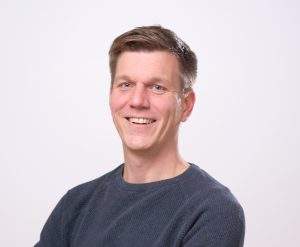Remote mapping and monitoring of shallow waters with satellites data finds increasing acceptance and uptake of bathymetric data users and found its way to the hydrographer’s toolbox. The first section of the presentation provides a time laps of how the technology has developed, where the current and future innovations are. The second section introduces the recent work of the European Horizon 2020 innovation project ‘4S’, a joint project by international industry and academia, led by EOMAP, which is developing the next evolution level of satellite data analysis for depth and seabed mapping. One of the 4S study sides is Crotone in southern Italy, an environment with moderate to clear water and variable seabed from light sandy bottom to very dense Posidonia Oceanica (seagrass) mats. Airborne Lidar Bathymetric data was accessible for a small portion of the study site was compared to the bathymetry derived from an inversion model of multiple, multi-spectral satellite imagery (known as physics-based Satellite-Derived Bathymetry, SDB), and to lidar bathymetric data derived from ATLAS instrument, a green laser at the ICESat-2 satellite (known as Satellite-Lidar Bathymetry). The next analytical iteration refined the SDB model and it was possible to provide depth down to 30 m with Pa8 and Pb6 vertical accuracies (IHO S44) for all bottom types including the very dense Posidonia mats. In addition, a satellite-derived seabed classification was carried out which meets the EUNIS classification schema.
Finally, the presentation introduces recent advances on cloud computing and automation of the SDB processes which are developed within 4S and are already in use by hydrographic offices and for projects of The Nippon Foundation-GEBCO Seabed 2030 Project and EMODnet Bathymetry.
Dr Knut Hartmann

Knut is passionate about all aspects of mapping and monitoring our coastal zones with satellite and data analysis. He is COO at EOMAP and has the pleasure of working with a team of highly qualified experts on this matter. Knut has a higher degree in geoecology and holds a PhD in natural sciences. He has provided capacity building on aquatic earth observation and bathymetry and supports global and regional hydrographic initiatives in all aspects of satellite-based bathymetry. Before joining EOMAP a decade ago, he worked in the geospatial department of an engineering firm and as a researcher at a federal research center.
